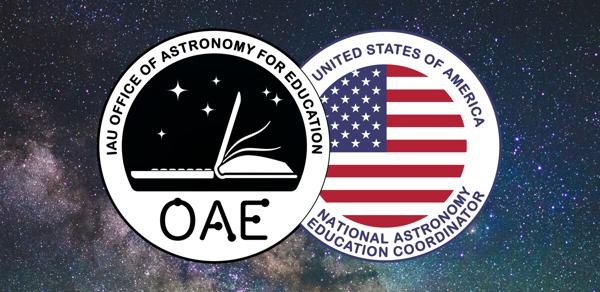Glossary term: 红外天文学
Description: 红外天文学是观测红外光的天文学分支。与可见光观测相比,红外天文学对温度较低的天体更为敏感,也可以观测到红移较大的遥远星系。红外观测受星际消光的影响较小,因此可以看到深空的星际气体云和尘埃云。
地球大气层中的分子会吸收大量来自太空的红外光,因此地面上的红外天文观测主要是在吸收率较低的波长范围内进行。地球及其大气层都会辐射红外线,因此需要特殊的技术来消除这种本底辐射。对于波长较长的红外辐射,这种本底辐射加上大气吸收使得地面观测几乎不可能。因此,许多红外观测都是利用太空望远镜进行的。不过,对于波长最长的红外线,可以在非常干燥的地方进行地面观测。这通常被称为亚毫米波天文学。
Related Terms:
See this term in other languages
Term and definition status: The original definition of this term in English have been approved by a research astronomer and a teacher The translation of this term and its definition is still awaiting approval
The OAE Multilingual Glossary is a project of the IAU Office of Astronomy for Education (OAE) in collaboration with the IAU Office of Astronomy Outreach (OAO). The terms and definitions were chosen, written and reviewed by a collective effort from the OAE, the OAE Centers and Nodes, the OAE National Astronomy Education Coordinators (NAECs) and other volunteers. You can find a full list of credits here. All glossary terms and their definitions are released under a Creative Commons CC BY-4.0 license and should be credited to "IAU OAE".
If you notice a factual or translation error in this glossary term or definition then please get in touch.
Related Media
哈勃太空望远镜俯瞰地球
Credit: 美国宇航局/欧空局 credit link
License: CC-BY-4.0 Creative Commons 署名 4.0 国际 (CC BY 4.0) icons
凯克望远镜
License: PD Public Domain icons










